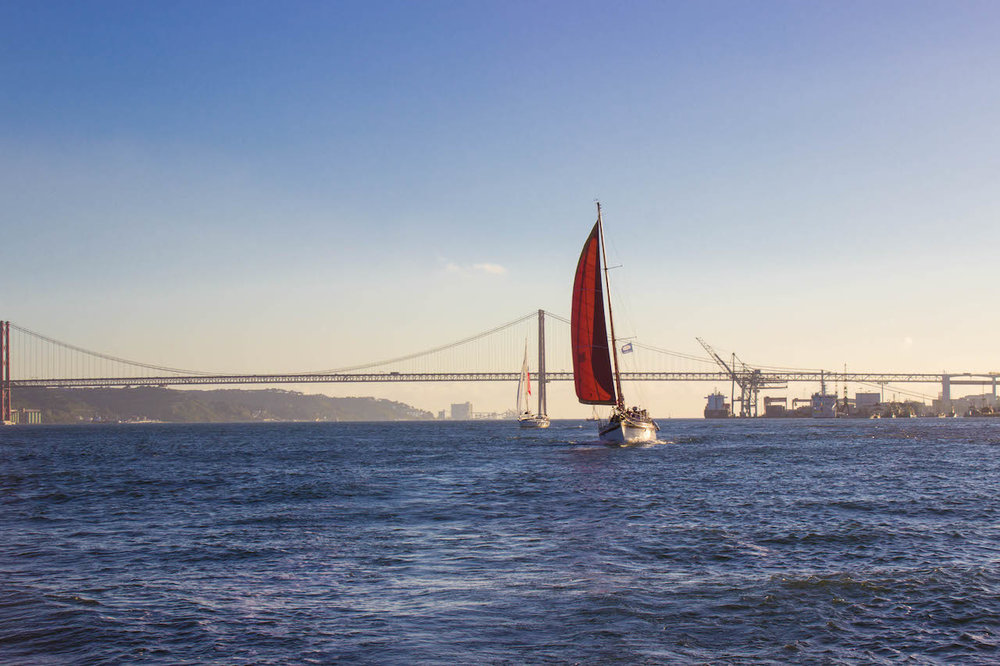
Much of Lisbon’s history has taken place within site of the Tagus River – the return of the caravelles with ships full of Brazilian gold and spices, the departure of the royal court as Napoleon’s armies advanced on the city, the tsunami that swept crumbling buildings into the sea immediately following the 1755 earthquake – and then there was me; wondering where to start exploring as I stared into the deep blue river.
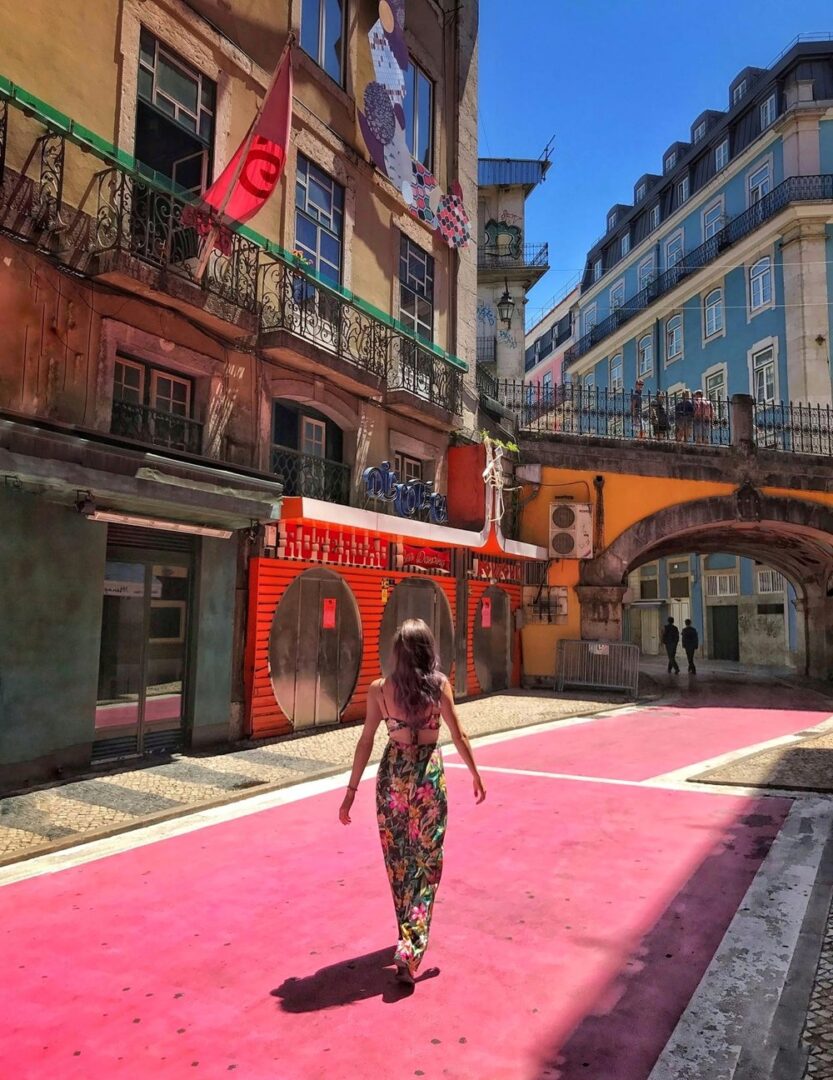
The truth is that there is so much to do in Lisbon that I was only able to scratch the surface in one month. Day after day, I hiked the steep streets paved with slippery cobblestones and lined with purple flowering trees. Lisbon’s colorful buildings enchanted me with its blue-and-white azulejos (tiles) adorning everything from palaces to shop fronts and fountains.
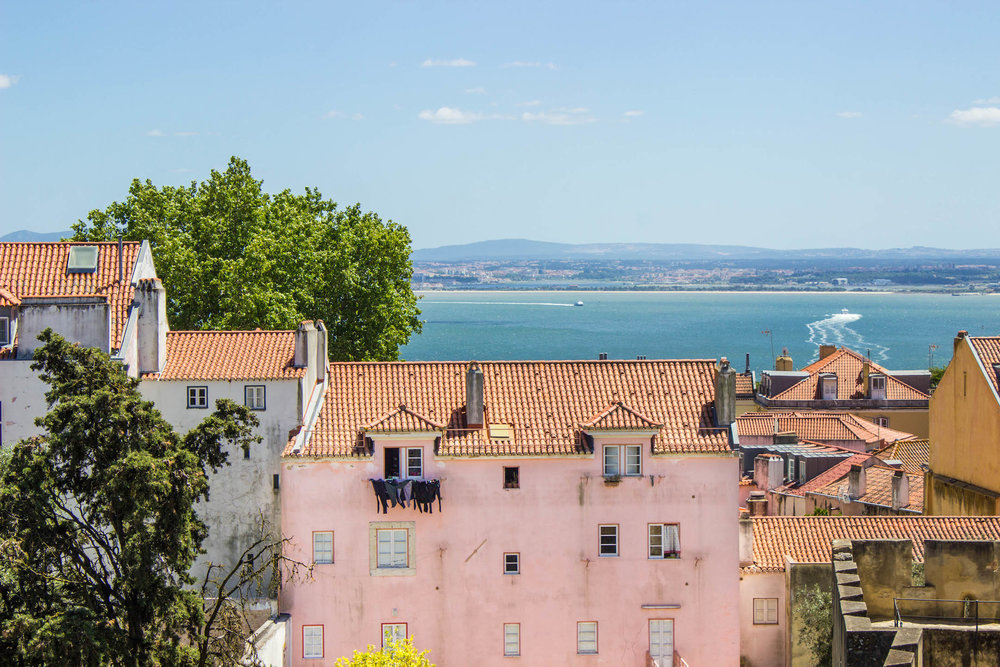
To escape from the hot summer days, I would head to local cafes to enjoy Portugal’s famous pastry; pasteis de nata – crispy little tarts filled with egg custard – while washing it down with a cha (tea), a beverage the Portuguese are said to have introduced to England. To learn about the local culinary scene, I took a class with Cooking Lisbon and “mastered” the art of cooking “bacalhau à brás” – flaked cod mixed with crispy fried potatoes, parsley and whisked eggs and topped with black olives.
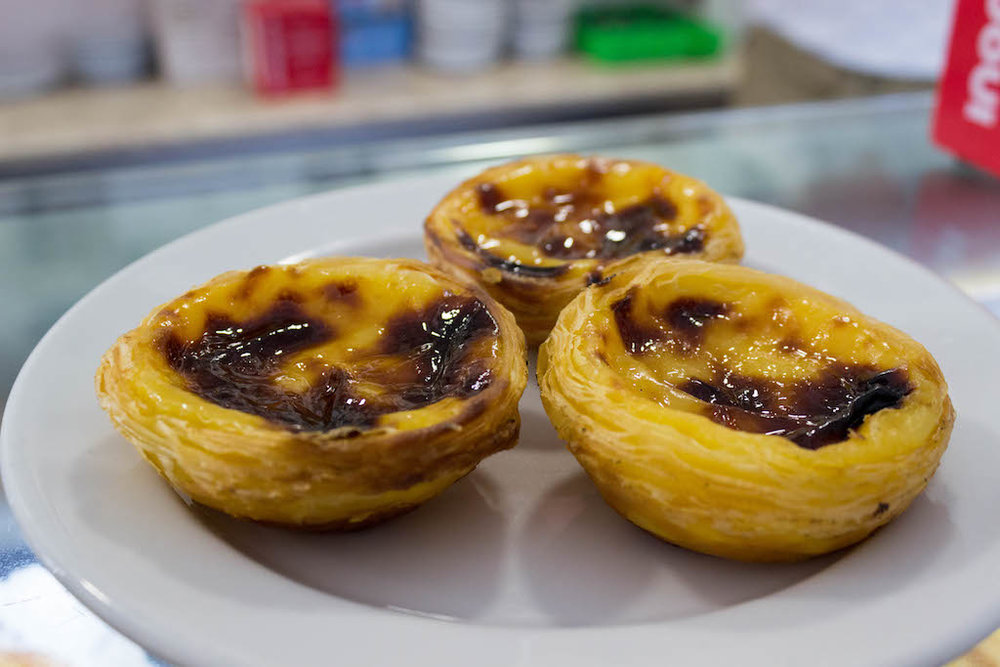
My love affair with local cuisine was enhanced during a food tour with Taste of Lisboa; a 3-hour culinary and cultural experience. During which I boldly tried fish egg sacks – not my favorite – and, to my surprise, bought two cans of Portuguese grilled sardines then ate an entire bowl of mussels (a dish I wouldn’t touch anywhere else). The seafood was pack with flavor. It became clear why Lisbon is the best place in Europe to enjoy fish and shellfish.
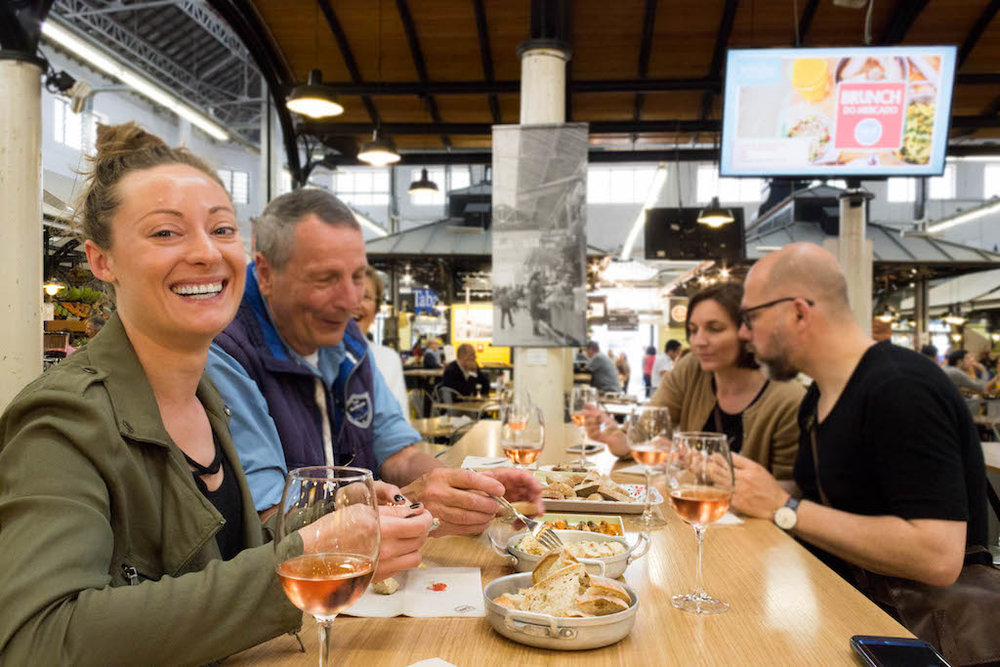
Lisbonetas are a kind people. Although they live in the south of Europe, the Portuguese don’t show the passionate temperament found with their Mediterranean neighbors. Instead they are calm; showing a uniquely Portuguese emotion called saudade – roughly translated to a yearning for something no longer at hand. Instead of talking about the hardships of life they sing about it. Fado is an elegantly melancholic music that deals with life’s great mysteries and passion – love, jealousy, death and betrayal. To witness this first hand, I went to Adega Macado, a dinner and show. Emotional singers performed to a 12-stringed Portuguese guitar spell bounding guests into the wee hours of the night.
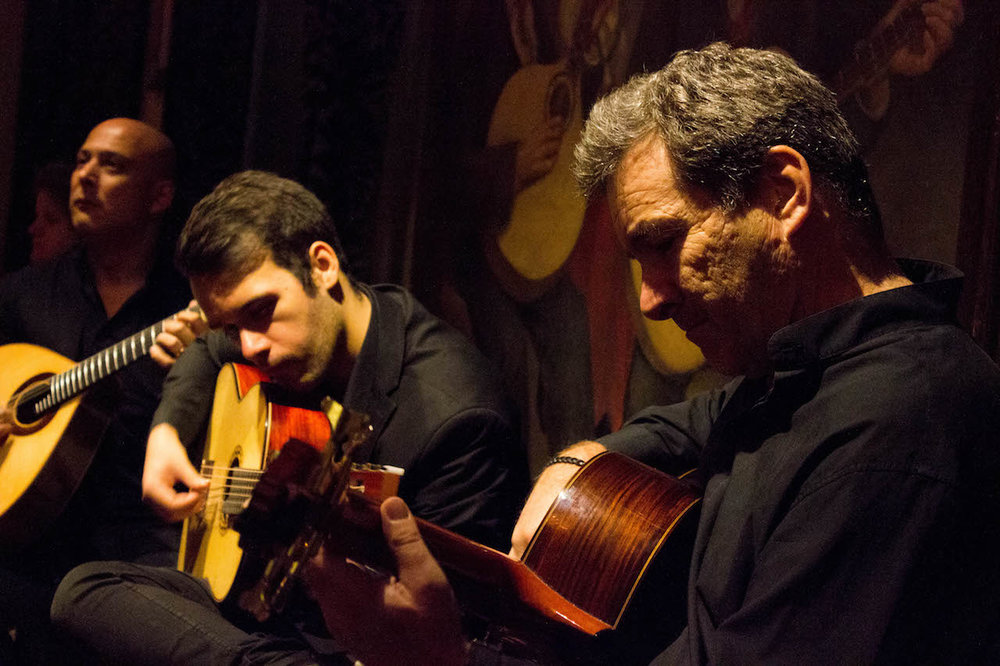
The month seemed to fly by and soon I found myself back at the Tagus river; this time with a greater understanding of the Lisboa culture and history. Instead of staring into the water from afar, I hopped on board with Taguscruises and set sail as the carvelles did hundreds of years ago with ships full of Brazilian gold and spices. I was no longer that wide-eyed girl wondering where to begin; I had set course to become a local – a Lisboeta.

Visiting Lisbon? You’re not alone. There were more New Yorkers in Lisbon than any other place I had visited. Check out my suggestions on restaurants, things to do and places to visit on the right column. Enjoy and I’ll see you next month in Cyprus!
EAT:
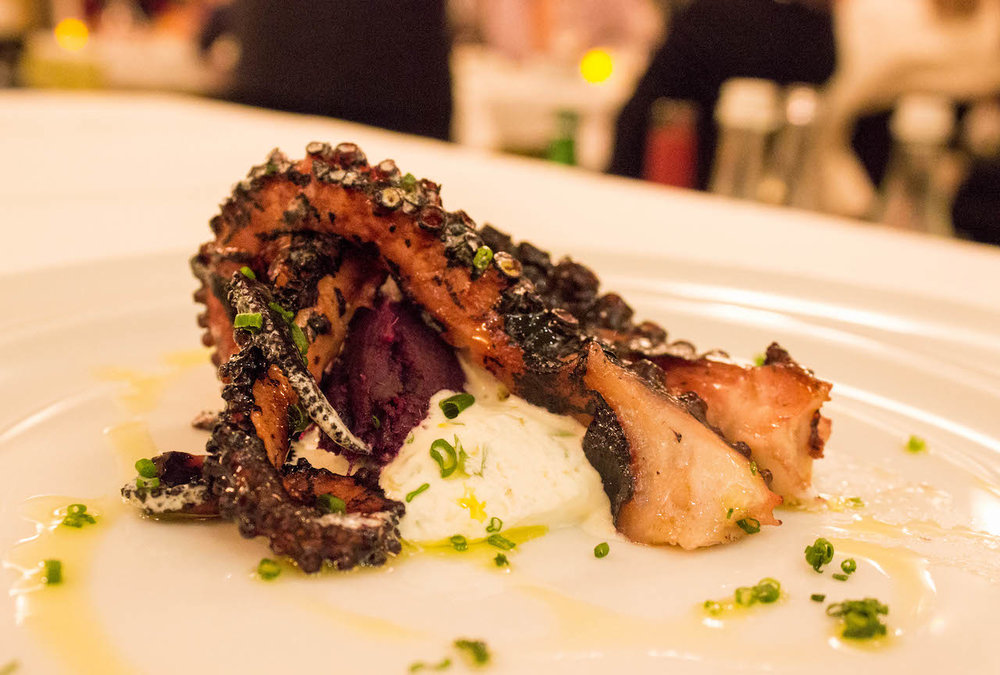
- Adega Machado – Fado (Portuguese singing) restaurant – adegamachado.pt
- Allfama – Authentic Portuguese cuisine in a rustic atmosphere – tripadvisor.com
- Pasteis de Belem – Try the original pasteis de nata – pasteisdebelem.pt
- Moules & Beer – Hipster style restaurant with excellent seafood and craft beer – moules.pt
- Pap’Açorda – Trendy restaurant with modern Portuguese cuisine – papacorda.com
- Petiscaria Ideal – Chill neighborhood spot offering Portuguese classics – petiscariaideal.com
- Time Out Market – Cafeteria style vendors representing the best restaurants in Lisbon all in one place – timeoutmarket.com
DRINK:
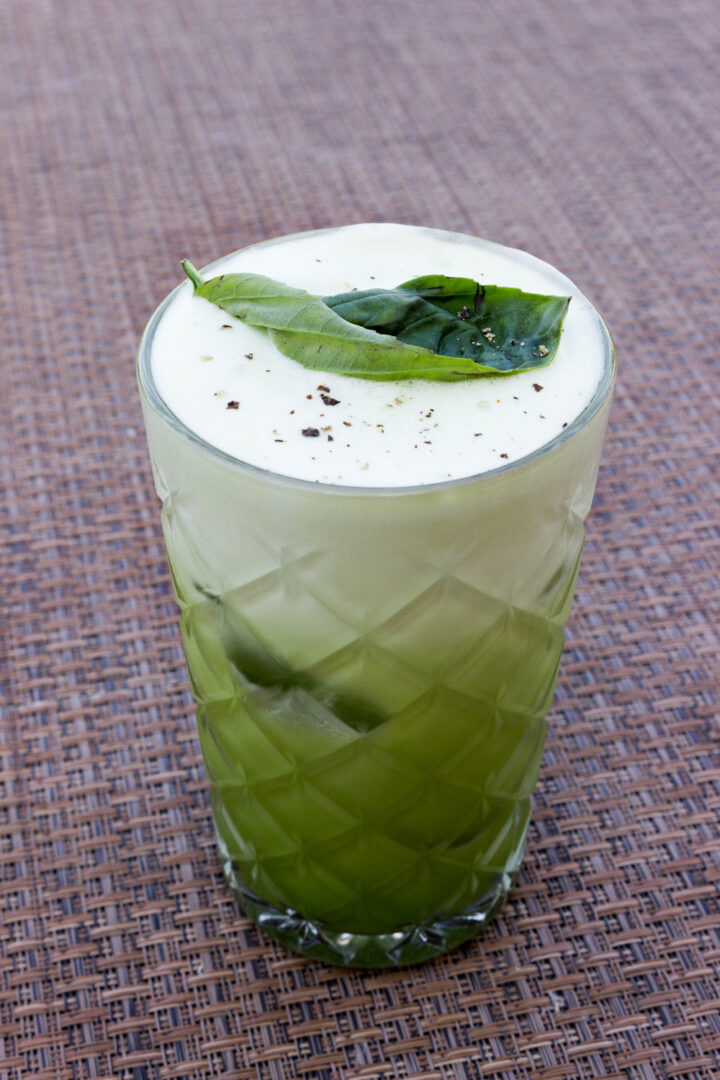
- Cocktail Bar e Garrafeira Matiz Pombalina – Jazz age inspired craft cocktail bar – matiz-pombalina.pt
- TOPO Chiado – Excellent craft cocktail bar seated amongst Portuguese ruins – tripadvisor.com
- Quimera Brewpub – Excellent craft beers in a cave atmosphere – quimerabrewpub.com
- Fabrica Coffee Roasters – Rustic coffee house – fabricacoffeeroasters.com
THINGS TO DO:
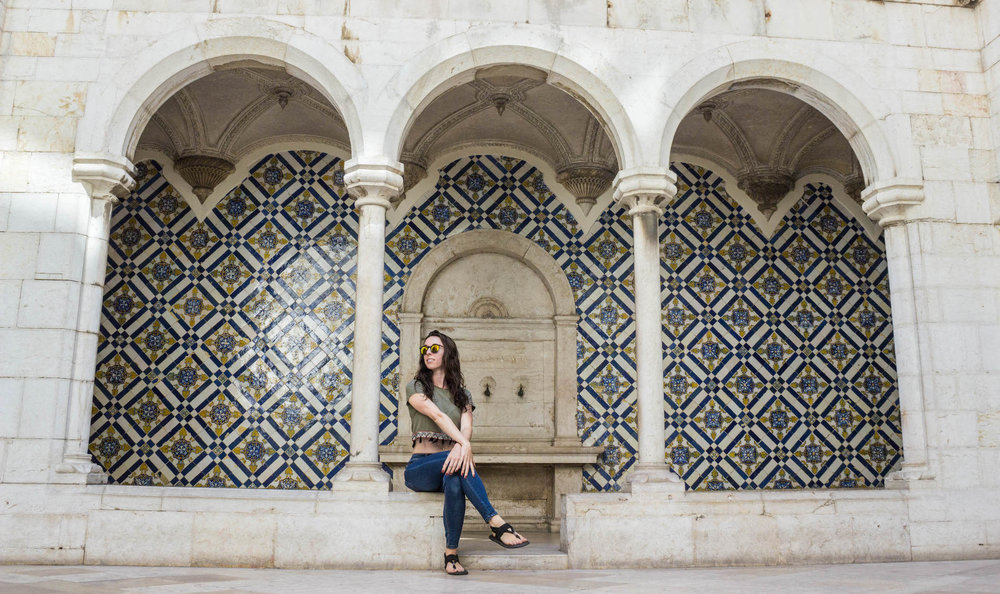
- Carmo Convent – Beautiful church ruins from earthquake of 1755 – tripadvisor.com
- Sunset sail with Taguscruises – taguscruises.com
- Food tour with Taste of Lisboa – tasteoflisboa.com
- Portuguese culinary class with Cooking Lisbon – cookinglisbon.com
- Mosteiro dos Jeronimos – Ancient monastery with the most beautiful architecture in Lisbon – mosteirojeronimos.pt
- Castelo de Sao Jorge – A medieval castle on a hill where the city of Lisbon first began – castelodesaojorge.pt
- Sé (Lisbon Cathedral) – Lisbon’s first church with hidden Roman ruins – patriarcado-lisboa.pt
- Museu Nacional do Azulejo – National tile museum – museudoazulejo.gov.pt
- LxFactory – Historical industrial complex that houses arty retailers & unique dining – lxfactory.com
WHERE TO STAY IN LISBON:
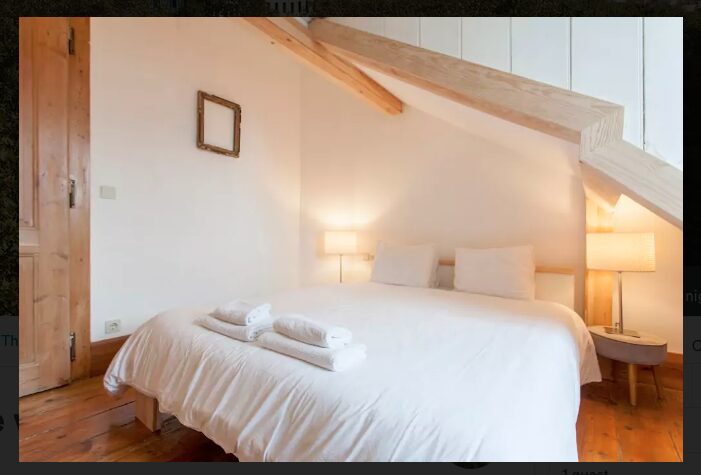
- Airbnb – I loved my penthouse in Lisbon – great location & beautiful atmosphere – airbnb.com.
AREAS TO EXPLORE:
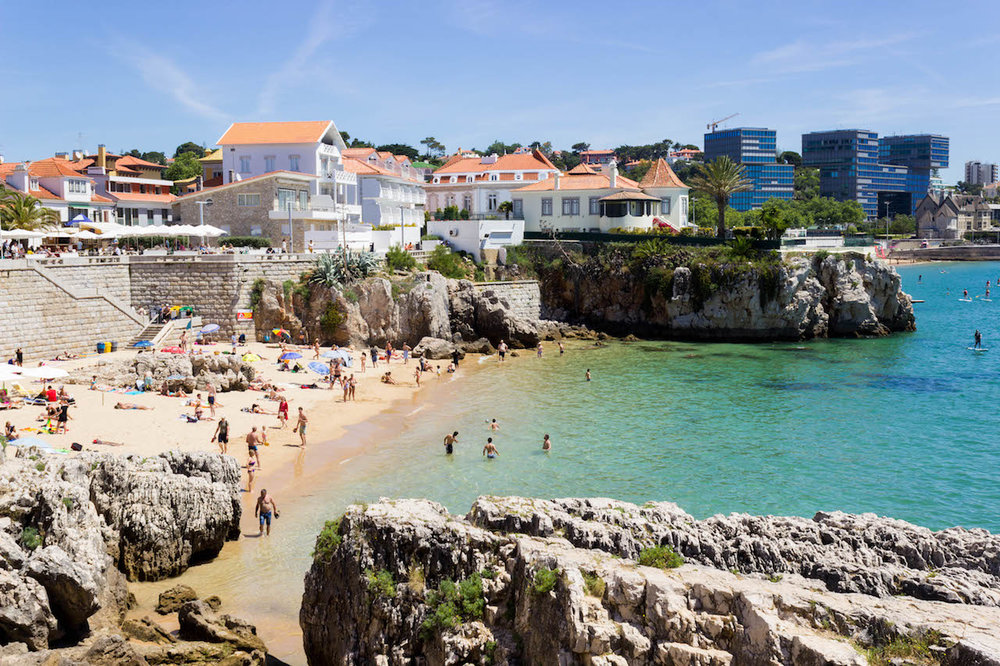
- Cascais – Quaint resort town with beautiful beaches – cascais-portugal.com
- Sintra – A World Heritage Site with palaces, gardens and museums – sintra-portugal.com
This article was written by Sarah Funk and originally published in w42st Magazine.






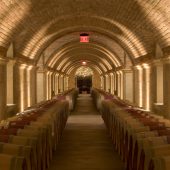

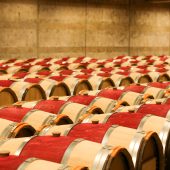



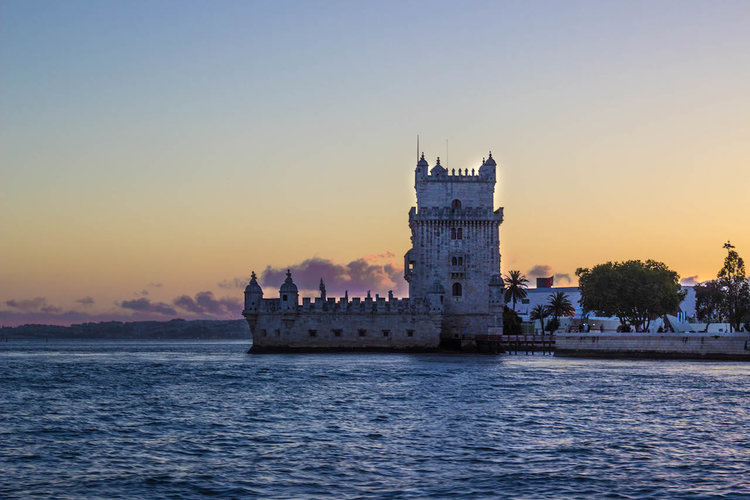
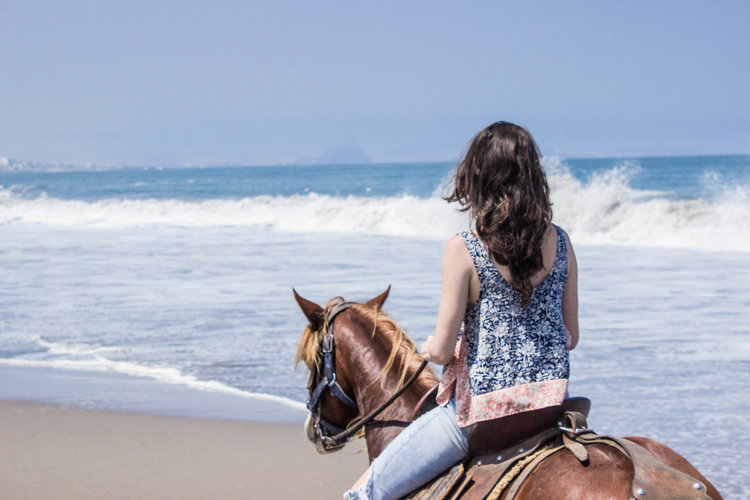
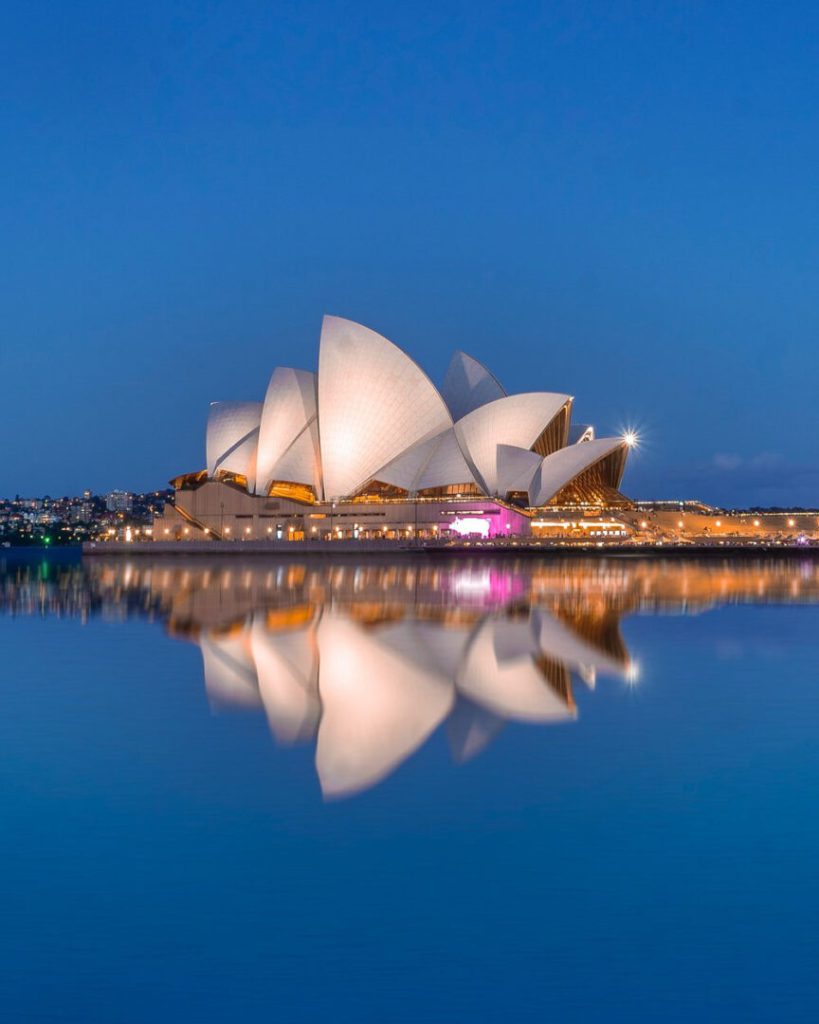
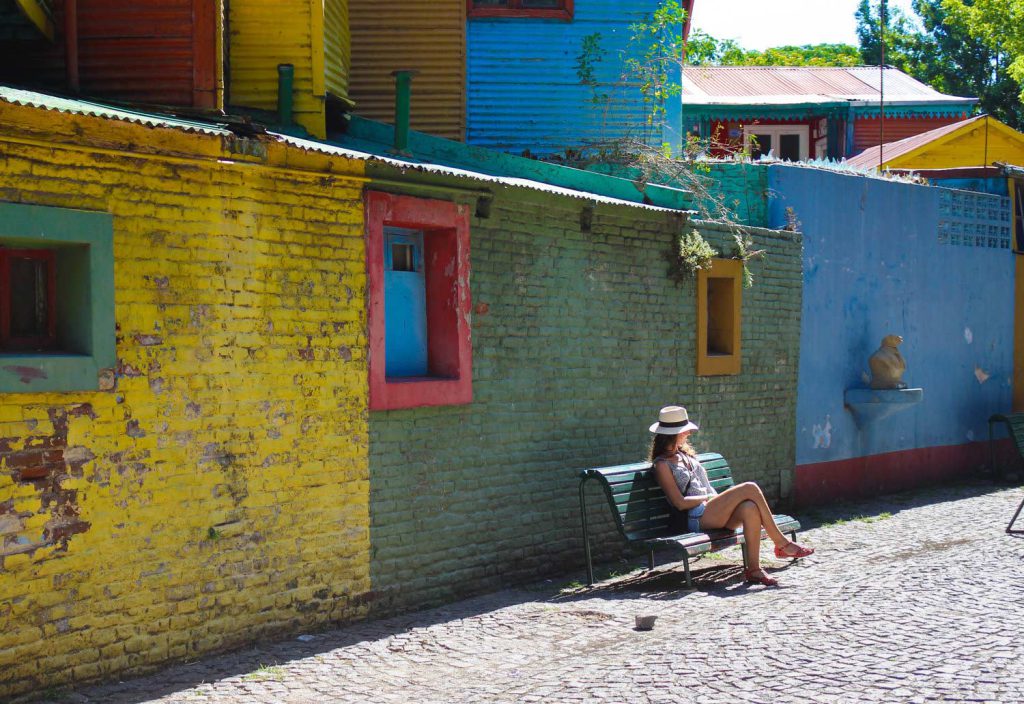
This site is protected by reCAPTCHA and the Google Privacy Policy and Terms of Service apply.